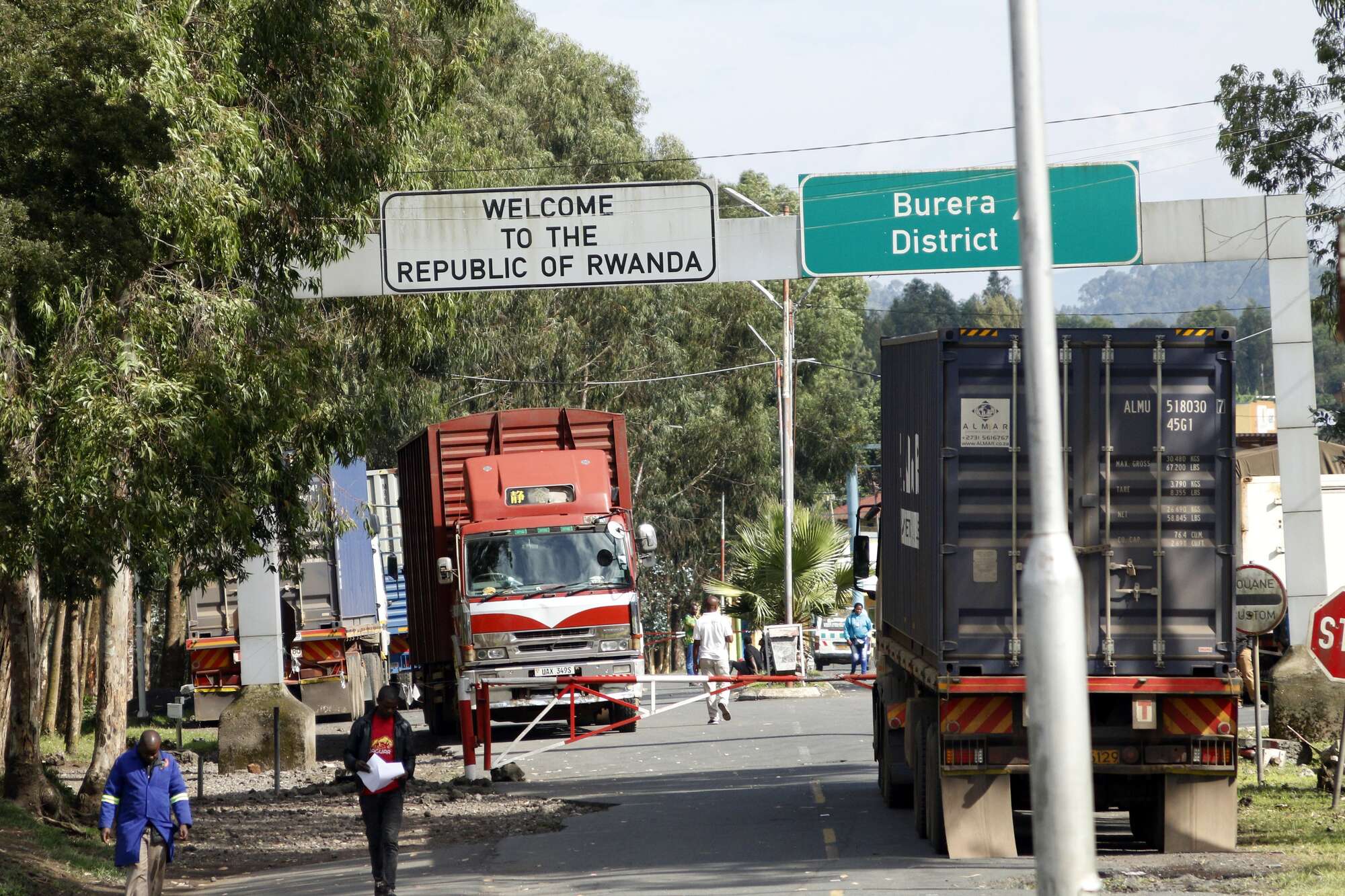
The seamless market merger of EAC, Comesa, and Sadc starts on Thursday
Following the ratification of a Tripartite Free Trade Area (TFTA) Agreement, which unites the East African Community (EAC), the Southern African Development Community (Sadc), and the Common Market for Eastern and Southern Africa (Comesa) into a single commercial bloc, at least 14 countries in East, Central, and Southern Africa will be able to conduct free trade with one another as of Thursday, July 25.
This comes after 14 of the 29 Tripartite partner states submitted their instruments of ratification, fulfilling the necessary need for the TFTA to go into effect.
The pact has already been ratified by 14 countries, including Lesotho, Angola, and Malawi. Christopher Onyango, Director of Trade and Customs at the Comesa Secretariat in Lusaka, Zambia, stated that it will go into force on July 25, 2024.
As a result, trade between member states is now possible. However, there are technological requirements that must be met before they may start trading freely.
The following nations have also ratified the agreement: Kenya, Namibia, Rwanda, Uganda, South Africa, Zambia, Burundi, Egypt, and Eswatini.
The Democratic Republic of the Congo and Tanzania have yet to ratify the tripartite agreement, although Kenya, Rwanda, and Uganda have already done so.
“It addresses the issue of belonging to several regional economic communities in a big way,” Onyango remarked.
The Tripartite offers the complete liberalization of tariff lines as well as the removal of non-tariff trade barriers.
In order to promote intra-African commerce, the Tripartite configuration also offers best practices for developing value chains at regional levels, trade facilitation tools, and transportation.
Lack of a dedicated secretariat and institutional framework to plan and carry out the TFTA’s agenda and activities is one of the main obstacles to its operationalization.
Currently, the three RECs are coordinating with one another in a rotating manner. In order to coordinate its operations, the Tripartite will thus need to establish a regional headquarters first, according to Onyango.
The other difficulty has been severe budgetary limitations. The RECs rely on their separate staff to facilitate these negotiations, hence inadequate funds significantly slowed down the various pillars’ deliberations.
The African Development Bank is now only providing support for the market integration pillar.
He clarified, “This also explains why negotiations in the infrastructure and industrial development pillars are moving more slowly, despite the fact that they are essential to promoting sustainable trade and development.”
Signed in 2015, the Comesa-EAC-Sadc TFTA includes 29 nations that account for 53% of the African Union membership, over 60% of the continent’s GDP ($1.88 trillion in 2019), and a combined population of 800 million people.
The African Continental Free Trade Area, the world’s largest free trade area that unites the 55 member countries of the African Union with eight regional economic communities to form a single market for the continent, has a less ambitious tariff liberalization schedule than the Tripartite Agreement under the market integration pillar.
The latter wants to liberalize tariffs 90% for non-sensitive products, 7% for sensitive products, and 3% for products on the exclusion list; the third level of goal is 100% tariff liberation.
With the exception of general and particular security exemptions, which provide for the negotiation of 15 to 40 percent of the remaining tariff lines within five to eight years and the liberalization of 60 to 85 percent of tariff lines upon the agreement’s entry into force.
All Categories
Recent Posts
Tags
+13162306000
zoneyetu@yahoo.com



